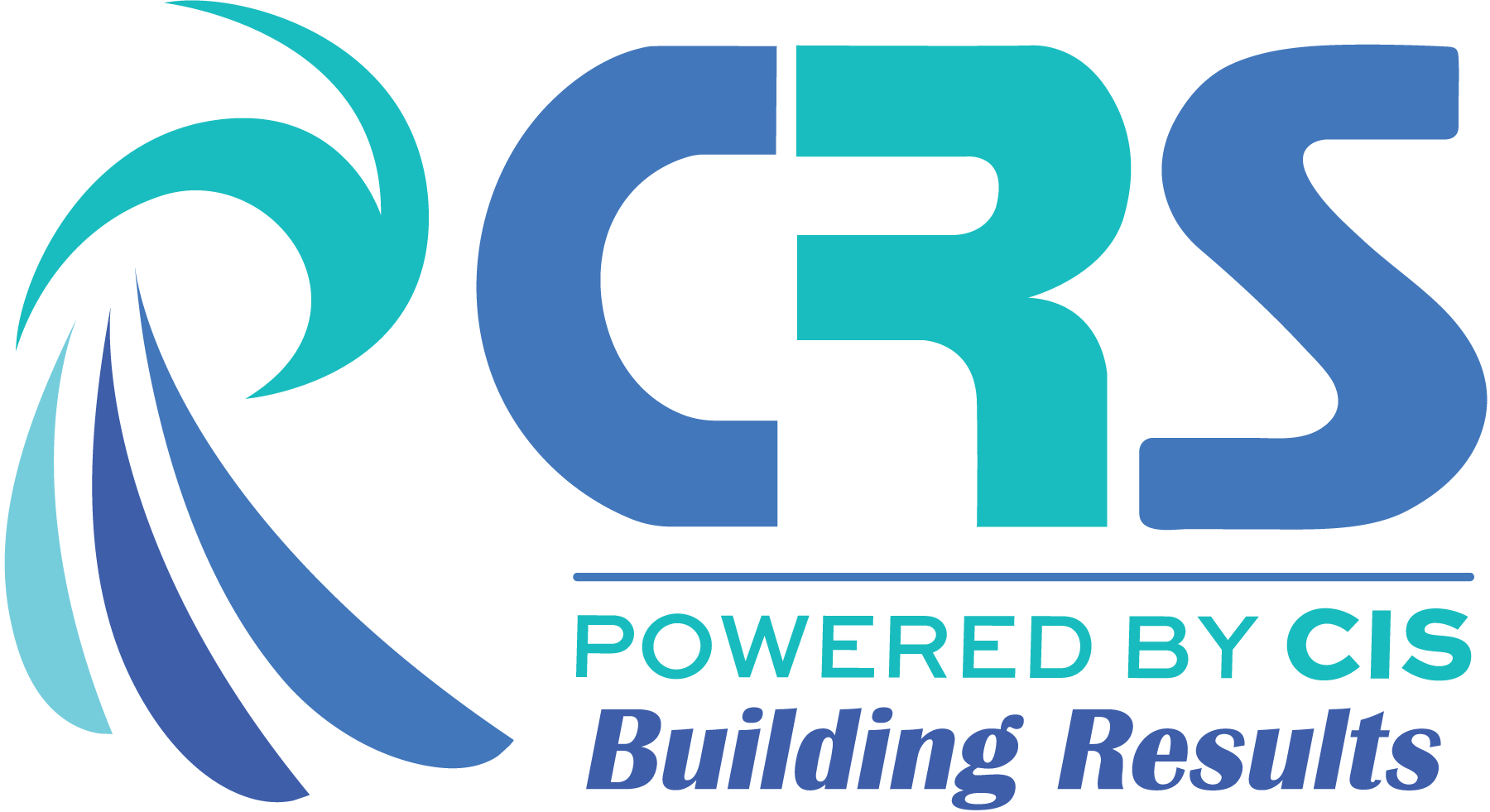Construction companies and service providers should focus on managing workers’ comp risk.
Most occupational injuries are preventable. However, many organizations don’t develop a risk management approach until after an injury, and OSHA wonders why. When consulting with an OSHA safety engineer about my client’s citation for not following safety regulations, I learned that a worker’s catastrophic leg injury was preventable. Multiple workplace safety protocols can reduce damages and claims, boosting company productivity. Stopping work on a job site costs money, delays completion, and wastes time. This is where a professional risk management consultant can help contractors significantly.
It’s challenging to keep up with shifting rules and safety requirements. Setting rules and procedures may not be enough. Someone familiarized with your type of service must recognize the risk and know the best strategy to prevent injury. It’s essential to have your risk management program handled by trained staff who understand what injuries are occurring and how to avoid them. General liability insurance risk management is critical as well. When fire claims are filed, the contractor frequently lacks proper preventive procedures. The insurance company can deny a claim if there is disregard and no safety protocol.
Workers comp is different from other business insurances.
WCIRB regulates insurance in California and is responsible for work comp class codes. With California’s high worker’s compensation cost, you must understand how this insurance is invoiced to improve your rate. The cost of hospital care contributes to the high cost of insurance premiums. California’s worker’s comp is no-fault. If your employee is hurt, the insurance company must pay. You must pay a specific rate for every $100 your employee earns. Most industries have a lower rate than construction. Some jobs have split-class codes. Employee pay determines split-class codes. If they make $25 an hour or more, experienced workers will cost a lower rate because their claims are smaller than unskilled individuals with less experience. More claims increase your rating and insurance costs. Risk management can lower your rate and aid high-rate contractors.
Insurance risk management helps avoid claims. Using risk management on construction projects reduces insurance claims, according to facts and statistics.
- CRS-Contractors Risk Solutions helps clients minimize their worker’s comp EMR.
- CRS checks your XMOD worker’s remuneration rating for accuracy. Workers’ comp ratings are often inaccurate. WCIRB may present closed claims as open. Misreporting may also occur with the claim amount.
- CRS corrects workers’ comp experience ratings and lowers XMOD.
- CRS implements risk management programs to keep clients’ XMOD rates low.
- CRS helps clients recover overpaid premiums due to a misreported experience modification rating.
- CRS offers risk management services to prevent and clean up claims that can increase insurance costs.
- CRS charges $2,500 for a worker’s comp analysis.
Risk Management Services:
Workers Compensation Experience Modification Rating Audits. Verify the XMOD or experience modifications are correct.
Correct Workers Compensation Experience Modification with the WCIRB Workers Compensation Insurance Rating Bureau.
Recover over-paid premiums from workers comp insurance companies after experience modification has been corrected.
Create strategic risk management plans to lower insurance rates after a company has a claim history of raising its rates. Create risk management plans for companies that have a low claim rate to ensure they stay low and also confirm the client is being rewarded
